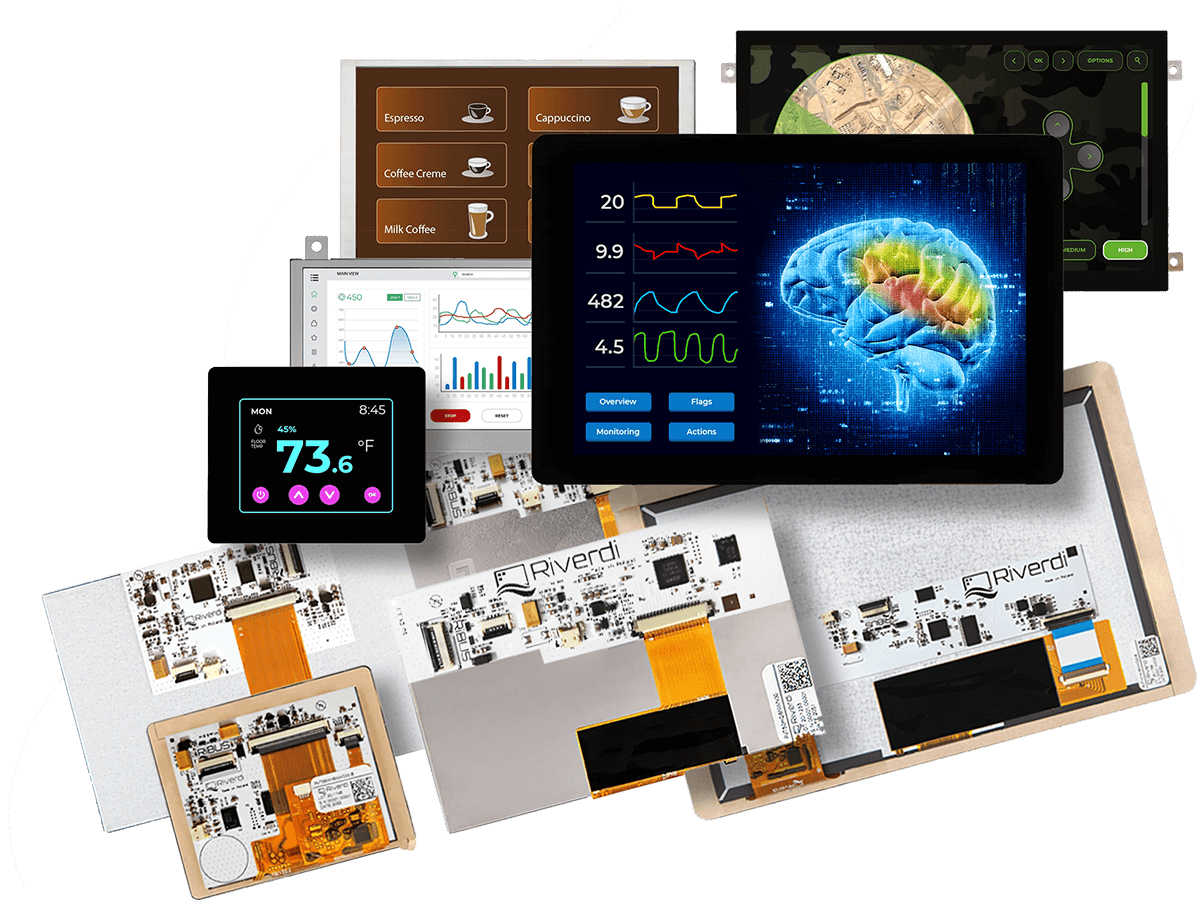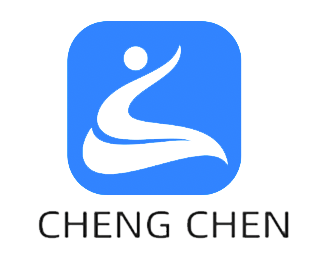
How Capacitive Touch Panels are Revolutionizing the LCD Module Industry
Table of Contents
1. Introduction: The Rise of Capacitive Touch Panels
2. Understanding Capacitive Touch Technology
3. Advantages of Capacitive Touch Panels
4. Applications of Capacitive Touch Panels in the LCD Module Industry
5. Challenges and Limitations of Capacitive Touch Panels
6. Future Innovations and Trends in Capacitive Touch Technology
7. Frequently Asked Questions (FAQs)
8. Conclusion
1. Introduction: The Rise of Capacitive Touch Panels
In this section, we delve into the increasing popularity of capacitive touch panels and their impact on the LCD module industry. We highlight the growing demand for intuitive and responsive touch interfaces, leading to the adoption of capacitive touch technology.
2. Understanding Capacitive Touch Technology
Here, we explore the inner workings of capacitive touch panels, explaining how they detect touch input and enable precise and multi-touch interactions. We discuss the use of conductive layers and sensors to create an electric field that senses the presence of a fingertip or stylus.
3. Advantages of Capacitive Touch Panels
In this section, we highlight the numerous advantages offered by capacitive touch panels. From superior touch accuracy and responsiveness to enhanced durability and ease of use, capacitive touch panels have transformed the user experience. We also touch upon their ability to support multi-touch gestures and provide better visibility in various lighting conditions.
4. Applications of Capacitive Touch Panels in the LCD Module Industry
Here, we explore the wide range of applications where capacitive touch panels have found their place in the LCD module industry. From smartphones and tablets to automotive displays and industrial control panels, capacitive touch panels have become a staple in modern user interfaces. We discuss the specific benefits they offer in each application domain.
5. Challenges and Limitations of Capacitive Touch Panels
In this section, we address the challenges and limitations that come with capacitive touch panels. We discuss factors such as sensitivity to moisture and the need for bare skin or conductive materials to register touch input. Additionally, we touch upon potential issues related to false touches and accidental input.
6. Future Innovations and Trends in Capacitive Touch Technology
Here, we provide insights into the future of capacitive touch technology and how it is poised to evolve. We discuss emerging trends, such as flexible and curved displays, as well as advancements in gesture recognition and haptic feedback. These innovations are set to further enhance the capabilities and versatility of capacitive touch panels.
7. Frequently Asked Questions (FAQs)
In this section, we answer frequently asked questions about capacitive touch panels and their impact on the LCD module industry. We provide informative and concise answers to help readers gain a deeper understanding of the topic.
8. Conclusion
Finally, we conclude the article by summarizing the transformative influence of capacitive touch panels on the LCD module industry. We emphasize their role in enhancing user experiences, enabling innovative applications, and driving the future of display technology.
By utilizing the power of capacitive touch panels, the LCD module industry is undergoing a revolution that promises more intuitive, responsive, and engaging user interfaces. Explore the possibilities and embrace the transformation brought about by this remarkable technology.


